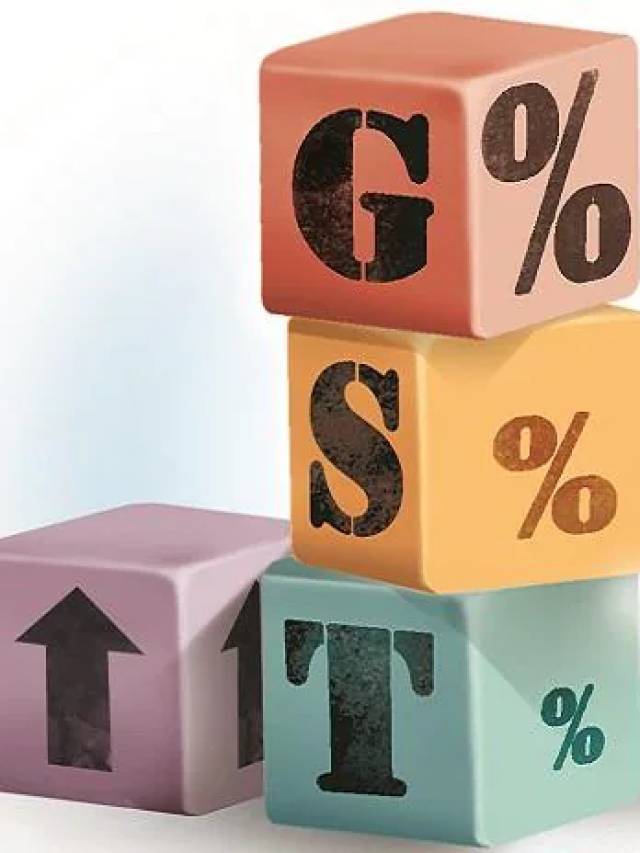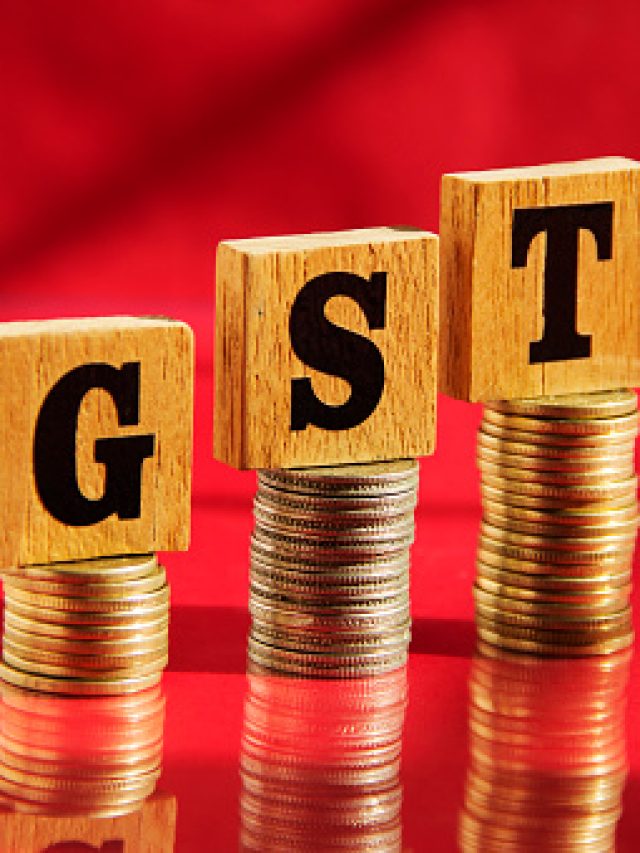the Goods and Services Tax is aimed at reducing indirect taxes and unifying the Indian economy. After its implementation, it has its fair share of supporters and critics. Let’s have a look at the advantages and disadvantages of GST.
Advantages & Disadvantages of GST
Let’s talk about the advantages and disadvantages of GST.
Advantages
Important Advantages summarized in a story –
- GST has combined a variety of indirect taxes under one umbrella, reducing the complexity of taxation for service and product firms.
- GST Experts say the implementation of GST would reduce the cost of goods and services in the near future. This is because they have now removed the cascading effect of a collection of VATs and taxes.
- Industries offering services with a turnover lower than Rs.20 lakh are excluded from having to pay GST. The level is at Rs.10 lakh in the case of North-Eastern states. It will prevent complicated taxation procedures for small businesses.
- Under the GST taxation system, firms with turnover up to Rs.75 lakh will profit from composition schemes and pay just 1 percent tax on their turnover. That will allow them to adopt a simpler process of taxation.
- GST is designed to reduce corruption and non-receipt sales
- GST eliminates the need for small businesses to pay excise taxes, sales taxes, and VAT.
- GST brings transparency and control to unorganized sectors such as the textile industry.
- Through GST replacing various state and central taxes, the tax collected is likely to be distributed nationally, providing development funds to India’s growing or undeveloped areas.
- GST has lowered taxes on some goods by 2 percent and others by 7.5 percent, for example on smartphones and cars.
- GST provides fiscal uniformity and allows for unified registration. It offers smaller companies the ability to file their tax returns through a simple online platform every quarter. It lowers the tax multiplicity because they do not have the money to employ tax experts.
- GST lowers transportation costs by reducing border taxes and by addressing inconsistencies in the check-post. A 20% decline in the cost of logistics for non-bulk commodities is simply an expected result.
- GST leads to a positive effect on India’s GDP. Over the next few years, it is projected to grow by at least 80 percent.
- With GST coming into effect, the risk of tax evasion is reduced completely.
Disadvantages
Important Disadvantages summarized in a story –
- Increased software licence costs which can help with the GST filing process contribute to higher operating costs for many companies.
- To many business owners across the country, GST has brought confusion. SMEs with a total income of Rs.75 lakh may take advantage of the composition scheme, and pay 1% turnover tax and pay fewer compliances; the trade-off, however, the downside is that they might not claim input tax credit.
- GST has been criticized and called a ‘Disability Tax’ because it now taxes things like braille paper, wheelchairs, hearing aids etc.
- The uncertainties in drug taxes have seen manufacturers abandon their reward programs which would inevitably impact customers.
- The financial sector’s GST transaction fees have risen i.e from 15% to 18%.
- Insurance rates are becoming costlier with GST.
- The effect of GST mostly on the real estate market resulted in an 8 percent rise in the price of real estate leading to a 12 percent decrease in demand closely after it came into practice in June 2017. That can be a short-term phenomenon..
- Petrol is not under GST, which runs contrary to the principles of commodity unification.





